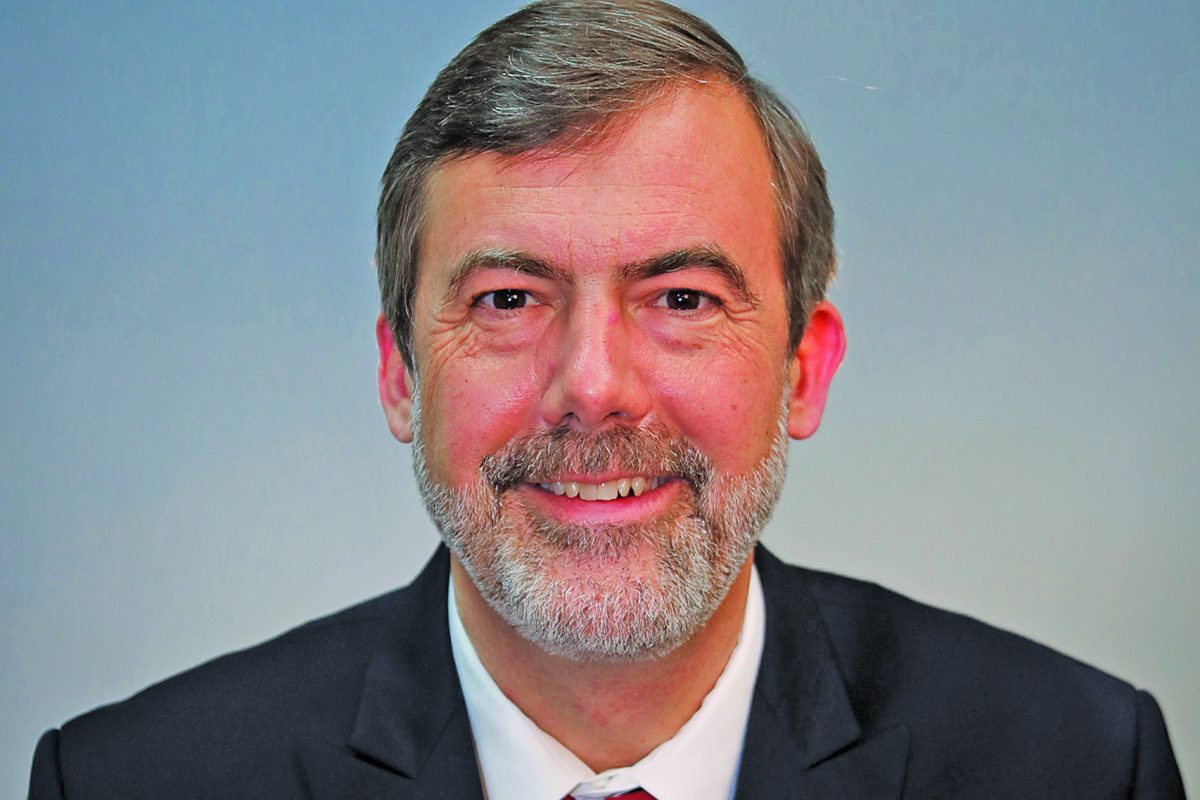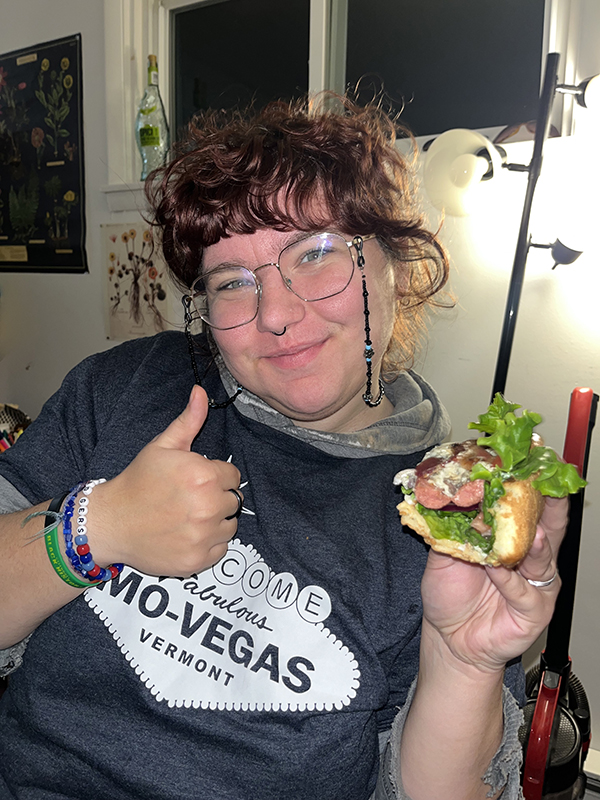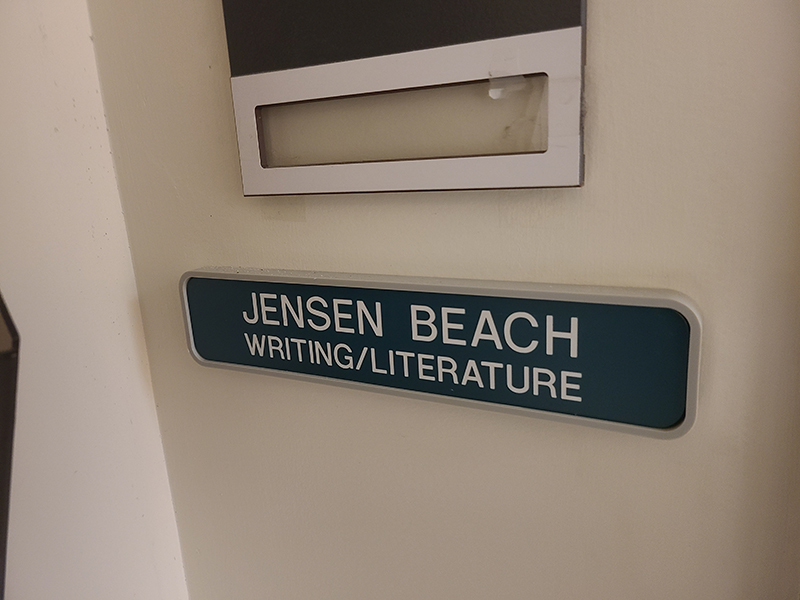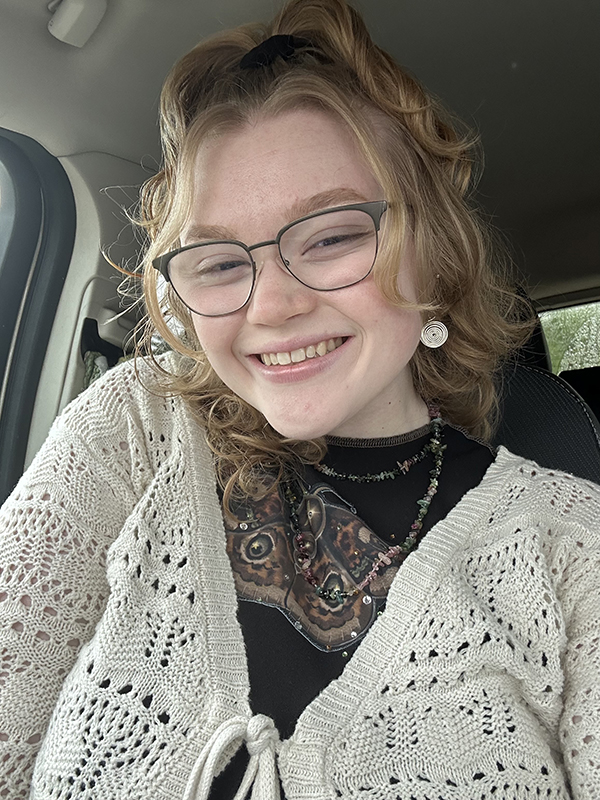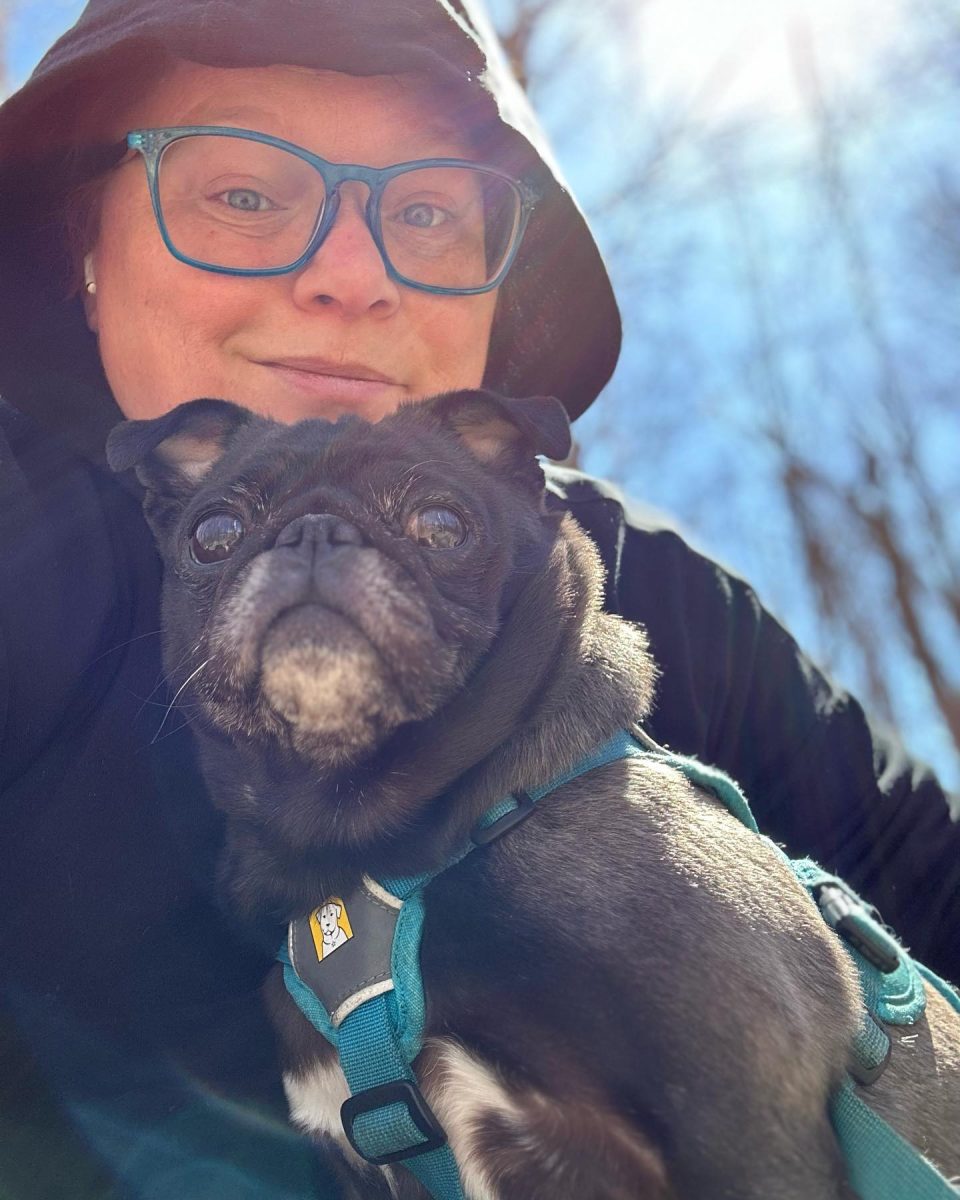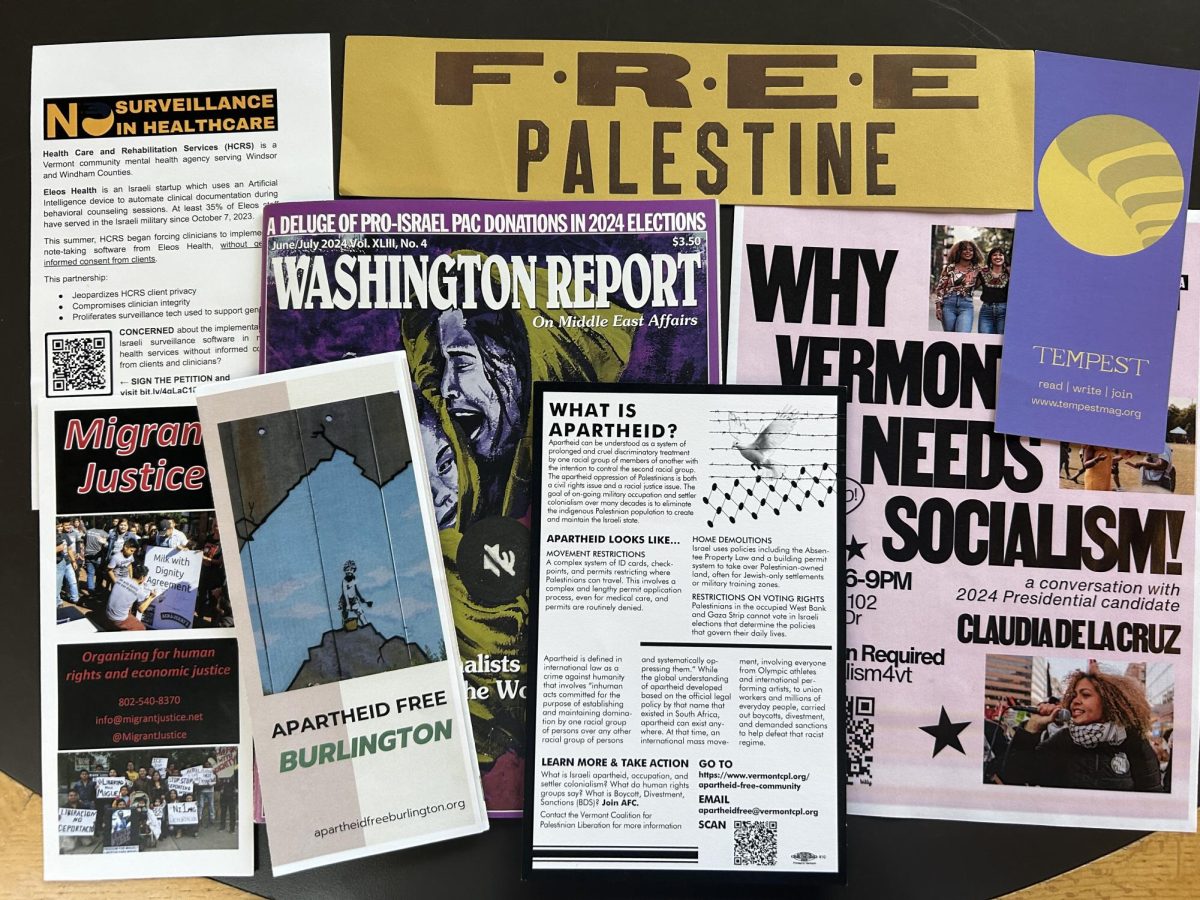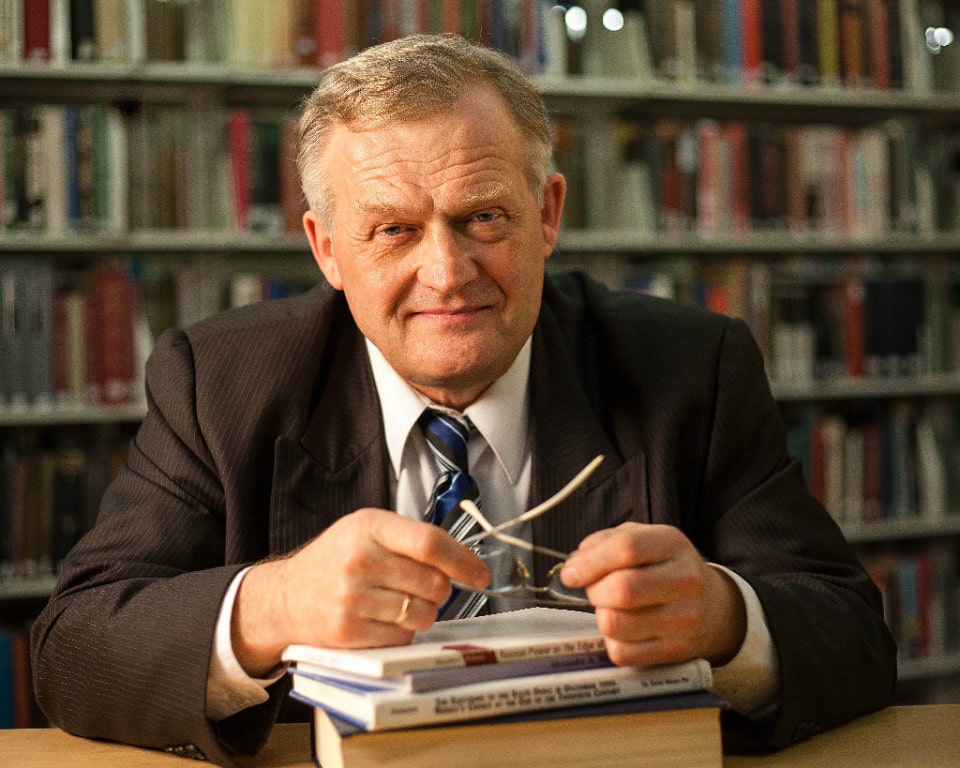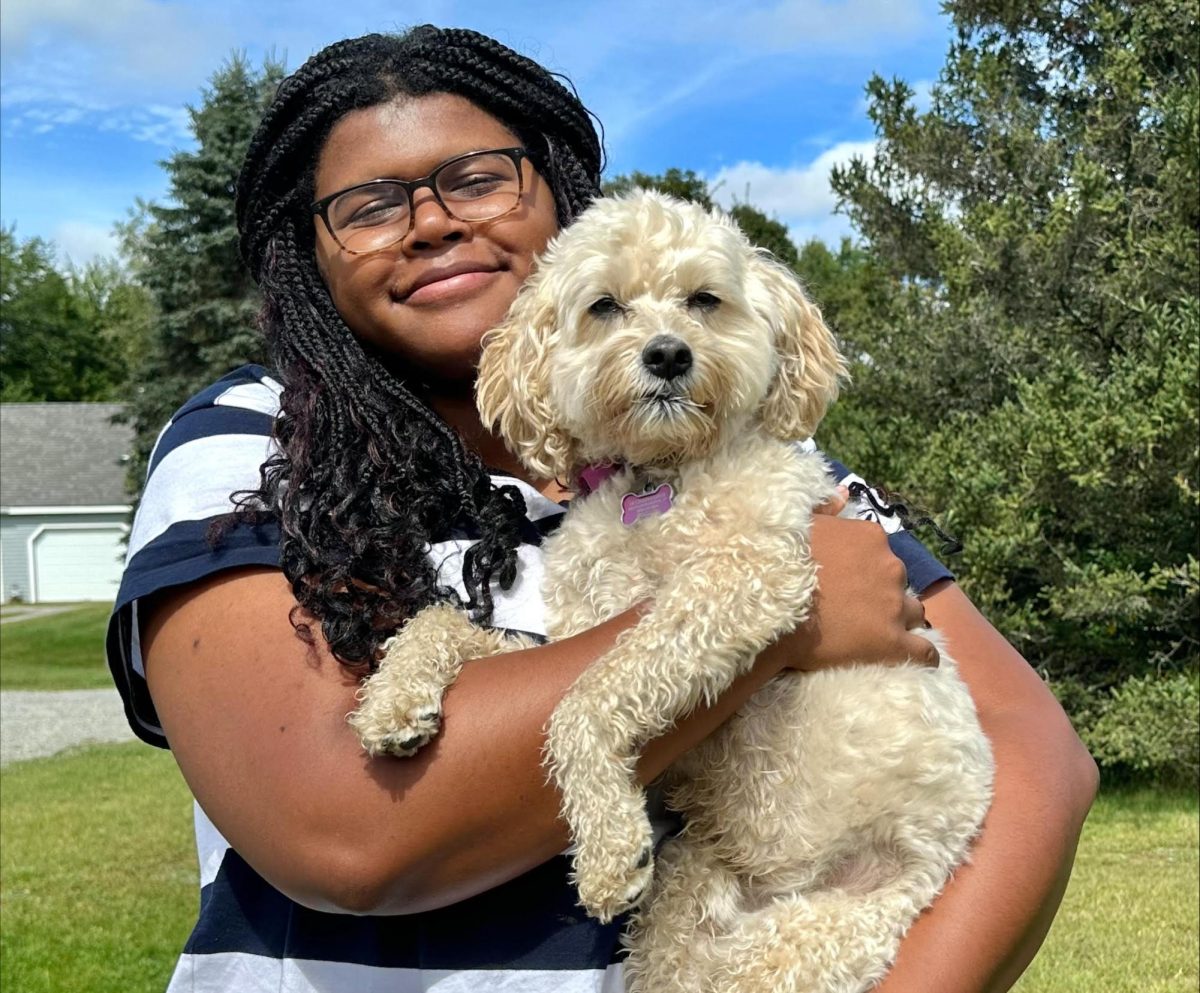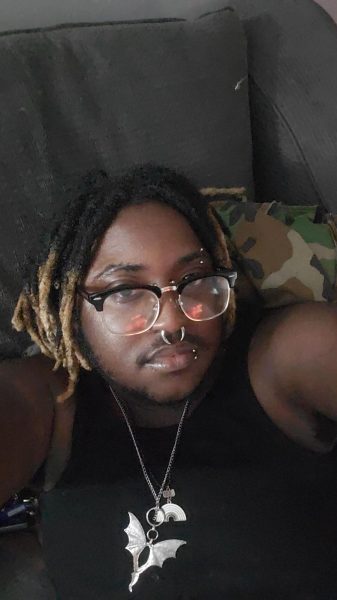This past November, VTSU welcomes our third, you heard right, third President, and the second on an interim basis, (third if you count our very own Nolan Atkins) in 2023. David Bergh was asked a range of questions pertaining to his history with the Vermont State Colleges campuses, his experience at other institutions, and his goals and motivations for the VTSU System. The edited interview is detailed here.
Tell me your history at the VTSU campuses. Where did you start? Where did you end up when you left us?
I’ll try to be quick because I could go on at length, as you can imagine, because I spent 19 years on the Johnson campus, starting way back in 1997. Johnson always has been and always will have a close place to my heart. I started at Johnson, working in student activities and advising the student government. I was a coordinator and then director of student activities, continued my entire time working in student affairs, and ultimately became the Dean of Students there.
My title in my last few years there before I left was Director of Student Life and College Relations. In addition to working in student affairs at the campus level, I was the college’s primary person and working out in the broader community, building relationships on behalf of the college and students.
What did you accomplish during that time?
I would say, overall, the two biggest focus areas that I had during that period was to continue to, during that time, to improve the experience for students, to make improvements to student life and then especially in later years to connect the college more purposefully to the broader community in ways that were mutually beneficial. I think of the things in my later years there because they’re fresher in my memory. But in terms of some of the things we accomplished, we established the Career and Internship Center, and we established a dedicated Veterans Center. I don’t know if that’s still part of the campus or not.
It actually, just as of the beginning of this semester, got turned into the Unity Space. So, the space for queer students on campus.
Wonderful. Well, along that line, actually, one of the things we also did when I was there is we got external recognition for the college as being LGBTQ+ friendly. That was in my later years there, probably around 2014, 2015. That was a major focus I had.
At one point, I think in the last year I was there, I chaired the campus’s task force at the time, it was called the Task Force on Diversity and Inclusion. That was a real focus of our work and especially in the latter years that I was on the Johnson campus. So I’m glad to hear about the Unity Center.
What did that look like at the time? What does that mean that Johnson became recognized for that?
At the time, there was a network or organization that did an assessment of all colleges and universities nationally in terms of the type of environment on campus. They had all different categories of criteria in which campuses got rated in terms of how LGBTQ+ friendly they were. At the time, there was review process, I remember there was a lot of surveying that we did and there was a rating scale that was put together, there were questions around the types of services offered.
We had the student support organizations, we had [information regarding] how students rated the environment. There were probably 25 other criteria that, off the top of my head, I can’t recall.
We were one of a handful, at the time, in Vermont and in New England, that had a high rating.
So it was a real point of pride for the campus to have to be recognized as being an inclusive campus because that was a real priority for us at the time, and hopefully still is.
How did you become the Interim President of our university? How was it introduced to you?
I first learned of the possibility of the opening through friends and colleagues who alerted me to it, that they were going to be looking for an Interim President this year, and the timing of it just happened to coincide with the fact and I’m sure we’ll talk a little bit about things here at Cazenovia, but with things my work there winding down.
I was really excited about the prospect of returning to Vermont, and to the new University. During my last few years at Johnson, I was also very involved at the system level; It was a system rather than a university. I was the advisor to the VSCS [Vermont State College System] which was the student government representation from across all the different campuses.
I was the chair of what was called the Student Affairs Council, and that was the Dean of Students for all of the campuses. So even though I was Johnson-based, I spent time on all of the other campuses quite a bit in my last few years, all the campuses that are now part of VTSU.
I mentioned that just to say I was excited at the prospect of coming back because I obviously especially loved Johnson, but I knew the University as a whole and felt really good about the impact that it has been having on students for many years, and I was excited at the possibility of being part of that again.
What do you think made you stand out from other candidates at the time? What kind of skill sets do you think you bring to the position that you might have carried over from your other positions?
I think that one of the things was – especially given the challenges experienced in Cazenovia in the last year or two – I’ve really had a focus on being an active and empathetic listener and communicator. Part of my nature is to really want to enhance communication as much as possible, make sure that voices are heard, and set an inclusive leadership style.
I think my sense is that, that resonated with folks in Vermont, given the very fast pace of changes there and all the things that have been happening in the last year or two; multiple leadership changes and all the changes happening through optimization. I think there was a sense that there was a need for a little bit of stability, and opportunity to make sure that people weren’t feeling hurt in this process.
Moving forward, I think that that’s a priority for me, I’m very focused on building the team together and moving forward. My understanding is that resonated with folks in Vermont as the kind of skills that they felt were needed right now. And frankly, I think my familiarity and background with the university was an asset as well.
Tell me about the work that you’ve done after leaving VTSU. What roles did you have at Cazenovia? What did you accomplish there?
Well, I’ve been at Cazenovia for the entire time since I left VTSU, which is the last 7.5 years at this point. I’ve been president for the last two years. Before that, I was the Executive Vice President for Planning. In that role, I did a lot of work related to compliance and accreditation. I also worked to revise our shared governance system here at the college to try to, again, make that more inclusive and usable for folks. I think in terms of major accomplishments here, we initiated a lot of community outreach programs.
We had a really creative initiative where we repurposed a house on campus for refugee family housing and [had a] partnership with the local community group. We did a lot to advance clean energy initiatives on the campus and got recognized for that. And obviously COVID was a huge part of my time there, and in that regard, I think that was one of our real success stories is that we managed very well.
We were able to stay open in person, starting in, I guess it would be the fall of 2020, without any major outbreaks. We were able to keep people safe and also keep a reasonable amount of the of the campus experience for students.
We brought in our first graduate program while I was here, and I was involved with the bringing that through the accreditation process. Those are just some examples of the things we accomplished. My work in the last year was focused on the fact that, unfortunately, coming out of COVID and given a lot of financial factors and considerations that the college was in a position where it actually had to close.
It might sound counterintuitive to talk about successes associated with that because that was a heartbreaking and really difficult moment for our community. But I think we spent the last year as a community really coming together to support each other and to do the best we could by everybody to move forward. And in that respect, I think we were very successful.
We had a really high transfer rate of our students, those who were not graduating, to other institutions. We ended up partnering with 33 other colleges to make transfer agreements for our students to make that seamless. We worked really hard to help our employees successfully find other positions. So, we were really successful by putting our students and our employees first in that process. And we did a lot of other things to kind of help preserve the legacy of the college, working with the Le Moyne College and other institutions to help preserve some of our legacy through some display and work and through retention of our records. So again, as funny as it sounds to say, I think a lot of our really good work in the last year was around supporting each other as a community through that really tough time.
How familiar are you with the changes that are being made by Optimization 2.0?
Well, I’m getting up to speed pretty quick as you would imagine.
I was kind of given updates as I was getting closer to starting, and now that I’m here, I’ve been meeting regularly with the senior leadership team here to talk about moving forward and how we do so in the new environment with these changes. A this point I’m familiar with them, and obviously familiar with the concerns connected to them as well, which I certainly understand and are natural.
It’s a pretty disruptive change and in that regard, it’s a disruptive time in higher education in general.
What do you think your next steps would be in potentially addressing some of these student and staff and faculty concerns?
The way I interpreted the student concerns was that they kind of fell into two main categories. One was around the worry that these cuts and adjustments could negatively impact the student experience, and then the second related to that is concerns about the processes for which students could have input into decision making, and making sure that their perspectives are heard.
I do feel the optimization work is the kind of thing that has to happen for universities like VTSU to remain viable and, unfortunately, that doesn’t make it any easier.
Nobody wants to be cutting positions or reducing programs. But the landscape in higher Ed right now, as schools are feeling challenged and needing to try to prioritize and focus resources to the extent they can on things that best support current student needs and interests, and sometimes in the short term, there’s some pain with that.
I think that a real priority of the next year has to be in the planning work we’re doing, making sure we’re mitigating the negative effects on students, making sure that students are still getting the appropriate and robust support that is needed. And I think, on the second part of that related to student voices, that’s something that’s really important to me.
That’s why I started work in this career in the first place. I anticipate actively engaging student leadership on all of the campuses.
I want to meet with student leaders from all the campuses; I want to meet with student leaders at the university level that are representing folks at the university level. But I also know that we need to look at the structures we have in place that allow for formal and regular opportunities for students to give feedback through the shared governance model.
There’s been talk about a president’s council that has student membership on it, and how to better utilize some of these existing entities to make them more effective.
All of the changes that were made stem from the need to save money, and part of that was due to the fact that our campuses have low enrollment. So with that, what do you think the system could do potentially increase enrollment? And, if we were to do that successfully, do you think there could be the potential issue that we no longer have the ability to accommodate students?
I do think there is a potential to increase enrollment. In fact, the need to increase enrollment focusing on really being attuned to student needs and student interests and how that intersects with what students currently want to be doing when they leave college, that can inform – making sure you’ve got the right array of programs that really resonate with students.
I think that’s important and that’s been part of this work. I think there’s strategic things we can be doing in admissions. And I’ve been really impressed in my initial meetings with the folks in our admissions operation around some of the strategies they have to expand our recruitment population, which I think is important.
So I think there are creative things we can do with our campuses to increase their vibrancy, including partnering with area agencies and services to bring some functions to campus that could actually also provide student experiential opportunities, right on campus. And I will say this, I’m a big believer in the student athlete experience too as part of the recruitment mix. I mean, I think you want to have a vibrant campus on many fronts, in terms of student life and clubs and organizations and robust campuses that support athletics. I think that’s an important part of campus life as well. So, there are things we can do to support enrollment and I think, as we hopefully look at a growing enrollment and, yeah, you have to recalibrate and look to make sure you’ve got the right people in place, the right positions in place and sufficient support in place. And that needs to be something that continuously gets reviewed.
Where will your home campus be?
In terms of where I’ll be living and mostly sleeping at night, that’s going to be at the Randolph campus. I think the determination there was because that’s the most central of the campuses, It’s the easiest to launch from to get to the other spots.
How long will you be serving as our Interim?
The agreement was that I would serve as interim at least through the end of the next academic year; that would bring us to June of 2025.
During your time at Cazenovia, when did you realize that the institution wasn’t going to be able to continue? What were the signs that you may have seen to foreshadow its closing?
Unfortunately, we’re not an anomaly right now in higher ed. My news feed is filled on a regular basis with updates about colleges that are closing, many that are merging, or even more that are cutting programs and making difficult cuts. In Vermont, this has played out even in earlier years. There’s been a number of independent colleges that closed over the last decade.
We were facing the same challenges that many schools of our profile were facing. We had a lot of headwinds in our case. The timing of our financing as it related to COVID, that ended up causing us to be at that point sooner than maybe some other colleges were. We knew we had challenges going into COVID. We had a lot of good plans for what we were going to do moving forward, until they got derailed by COVID.
Right up until even last fall, we were getting assurances from folks in the finance industry, who pay attention, who are experts in the market, that we would be able to find long-term funding. Even though we knew we needed to do a lot of things differently, that we were going to need to make some difficult decisions, we did think we would have time to do them. There was hope that we could move forward.
I do think despite that, I really feel confident in VTSU’s future because of the increased attention and support from the state, and a real commitment from the state to say we want to make sure all of these campuses remain vibrant. Now, of course, as part of that, the state had required that the university make some of the difficult decisions.
[There is] nothing easy in any of that, but I do think VTSU is in much better shape than many institutions now. There is going to be some work now again, to mitigate the effects and to try to make sure that we continue to build forward and support students in every way we can in the near term.
Do you see any areas in our university that may need reforming? And what do you plan to accomplish during your time as our Interim President?
It’s probably early for me to identify anything specifically. I’ll be going around to the campuses. I’ll be talking to lots of students, faculty, and staff and I think I’ll get a better sense of that.
There always will be things that can be improved. A big part of my focus will be to identify those things that could really stand improvement, particularly in terms of improving the student experience.
What I’d really like to see is for everyone to have a chance to collectively catch our breath, focus on the future, and move our focus back to the student experience. I respect the tough things that have had to be done, but it’s time for a change in focus, so that’s what I really want to accomplish in my time in this role.


